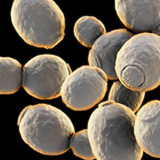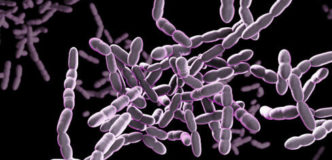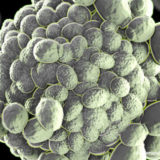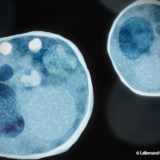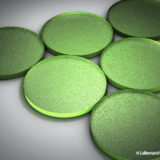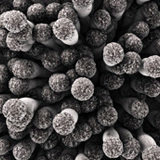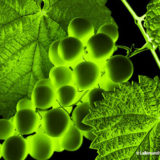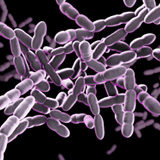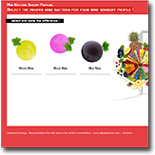WINEMAKING TOOL
🔬𝐒𝐭𝐫𝐮𝐠𝐠𝐥𝐢𝐧𝐠 𝐰𝐢𝐭𝐡 𝐬𝐭𝐮𝐜𝐤 𝐨𝐫 𝐬𝐥𝐮𝐠𝐠𝐢𝐬𝐡 𝐌𝐋𝐅?
To restart a stuck or sluggish malolactic fermentation (MLF) is always a major challenge for winemakers, and especially in very difficult wine conditions such as low malic acid content, high total SO2 content or high lactic acid content.
💡 In our diverse range of our selected wine bacteria , ML PRIME™ is a very powerful and versatile Lactiplantibacillus plantarum. Resulting from the synergy of a unique strain and an optimised production process ML PRIME™ ensures a very high malolactic activity. Due to its very high malolactic enzymatic activity, ML PRIME™ is able to quickly consume malic acid in must, and also in wines in certain conditions: It has proven to be an excellent option for restarting stuck or sluggish malolactic fermentation.
🧪 For post alcoholic fermentation utilisation, we have developed an easy-to-use lab pre-test which help you determine the success of your MLF with ML PRIME™ in your red and white wines. The test results are obtained quickly, within 2 or 3 days, and are a reliable guarantee of ML PRIME™ efficiency at winery scale.
🍷 Winemakers have trusted ML PRIME™ as the definitive answer for achieving complete malolactic fermentation in very challenging conditions for many years worldwide.
📊 If you are struggling with stuck or sluggish MLF, consider ML PRIME™ for a seamless and efficient process and complete your MLF before winter.
Read our protocol here: PROTOCOL_ML-PRIME-LAB-TEST-2.5G_2020_en
See our video here:

